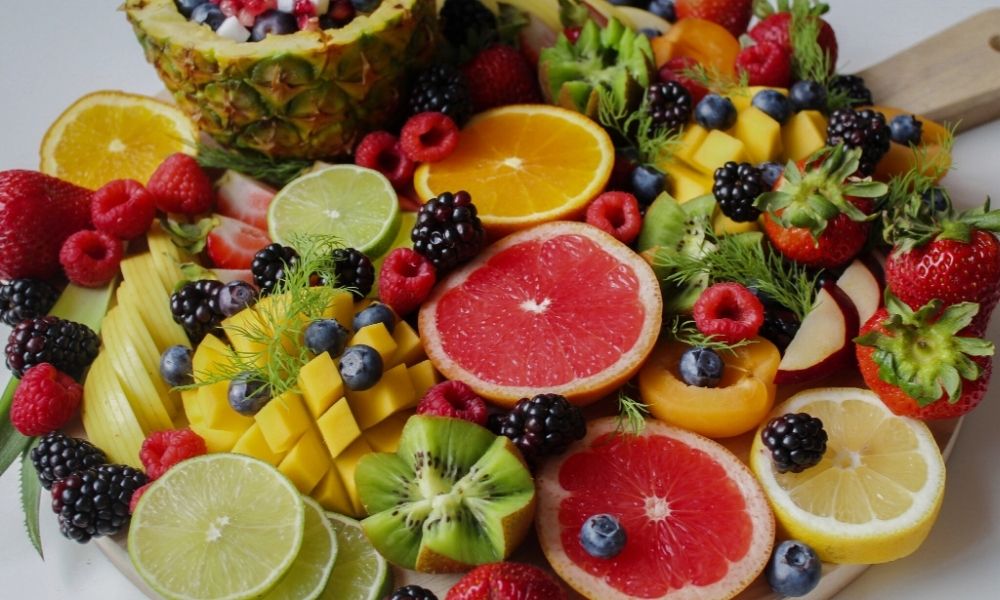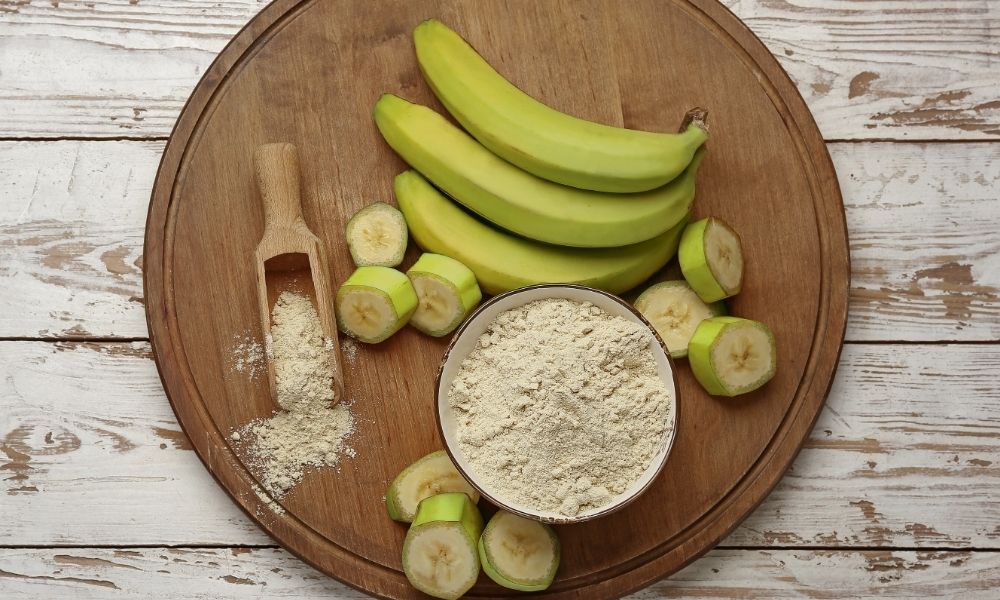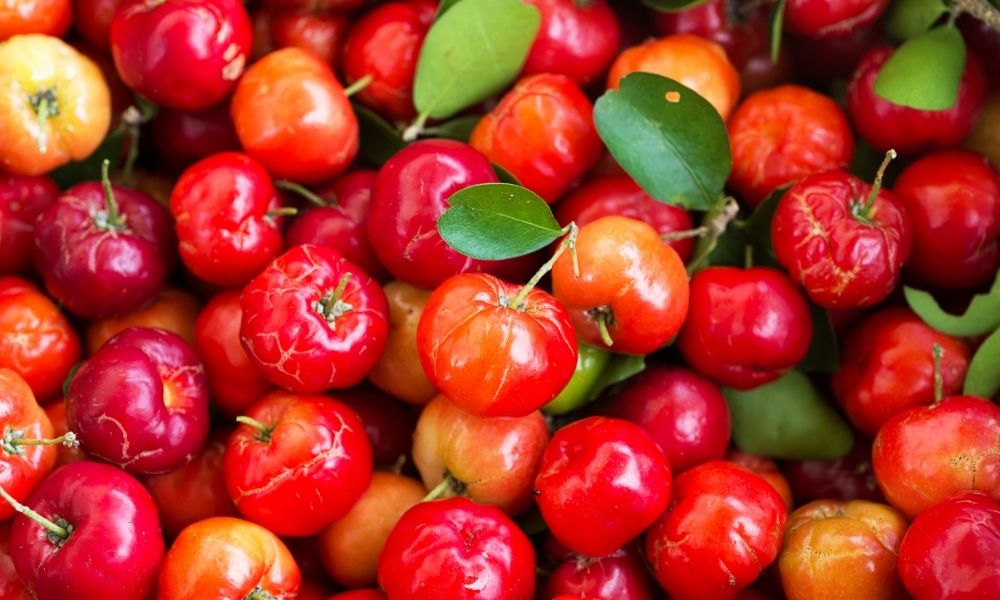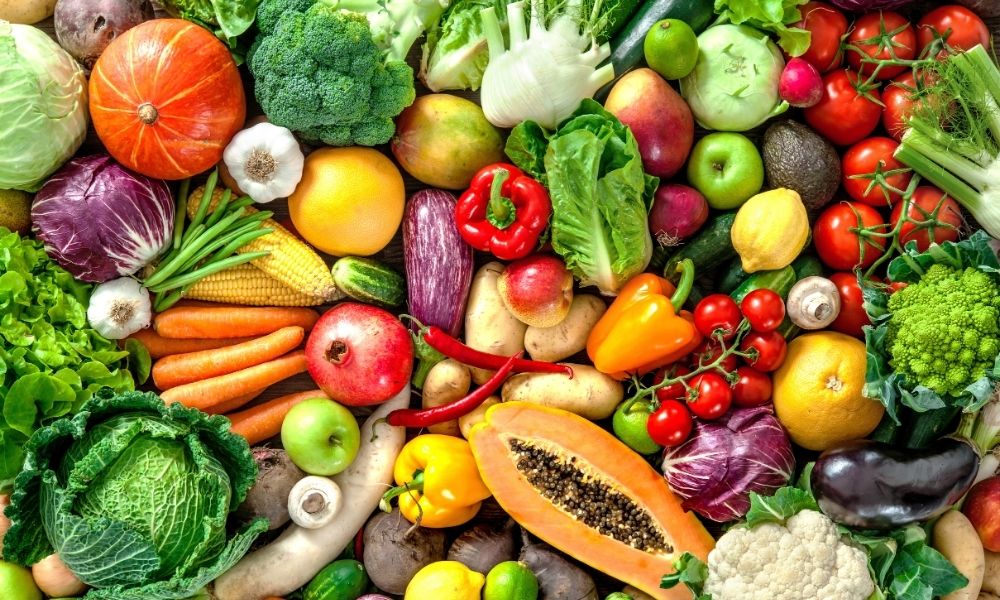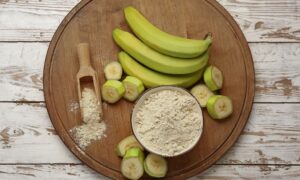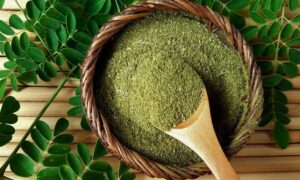Açai is a deep purple and tasty Amazon berry, which most people have tried. It has been consumed by the Amazon population for centuries, but only about two decades ago it gained the attention of global consumers.
The tiny açai berry has a kernel that accounts for 90% of its weight, which means that only 10% of it will yield the popular açai pulp that goes into delicious bowls. The pulp is extracted by beating the berries with water, then removing the kernel, coarse fragments and fibers through filtration using metallic screens.
Although very popular worldwide, some aspects are unknown to many consumers and, unfortunately, are overlooked by many QC and Procurement departments when it comes to the açai berry. The quality drivers for the açai pulp are:
- Oxidation level and taste: the time between the harvest in the remote Amazon areas and the industrial processing is critical for the preservation of the anthocyanins (the purple molecules). Moreover, the packaging is very important to prevent the lipid oxidation of the açai’s healthy, unsaturated fat. That oxidation is what can bring rancidity to the taste.
- Product integrity and nutritional value: As a frozen concentrate, the açai pulp is standardized by a certain oBrix level, which reveals the split between açai and water in the product. Bear in mind that insoluble fibers could also account for the açai content and may not necessarily be amenable for certain product formulations (or for the consumer’s taste!).
The product integrity issue jumps to another level of complexity when dealing with the range of açai powder products available in the market place. The absence or presence of carriers, and to what extent, make it very challenging for a non-expert to distinguish among the available options.
Here is our quick guide to help you understand and choose your açai powder:
- “Spray-dried” vs “freeze-dried” or “with vs without excipients”:
Açai pulp is a fat-rich product and hence very challenging to be spray-dried. Because of the nature of the process, fat-rich ingredients can only be spray-dried cost-effectively when mixed with excipients such as maltodextrin, starches and gums. Usually, the pre-drying slurry would have at least 50% of carrier content to be efficiently spray-dried. Please note that this not a financially-motivated filler addition, but a technology-required processing aid.
So, if the choice is for a product without excipient, freeze-drying or another emerging drying technology will have to be favored. Despite the belief that the freeze-dried process is more expensive, the main driver for the price difference is that, in general, freeze-dried products have a much lower (if not zero) carrier content.
With all that said, because of the established products available in the market and the need to match them, it is also possible to find freeze-dried açai powders with excipients.
- How purple pure is your açai powder?

A pure açai powder is dark purple! If the powder is pink, brown or a mixture of the two, you are either getting a lot of carrier, a highly oxidized product or, unfortunately, both of them. Moreover, if the harvested berries take too long to be processed in an industrial facility, enzymatic processes and air oxidation can lead to a much less purple pulp where part of the healthy anthocyanins are lost. Below are side-by-side comparisons of three different quality powders with increasing amount of a filler – maltodextrin in this case.
- How fatty is your açai powder?
Besides the color, there is another important aspect to be checked regarding the quality of açai powders: pure açai powders will show around 50% fat content in the nutritional table. Any result below that can be accounted for by the excipient/filler. So, if an açai powder nutritional profile shows 25% fat content, purity can be assumed to be around 50%. If it shows 10% fat content, then there could be as much as 80% excipient in it, which is clearly not a processing issue anymore, but a lower purity product!
In summary, it is relatively easy to understand and distinguish across the different qualities of açai powders available in the market. Instead of the somewhat controversial ORAC analyses (used to test the antioxidant capacity of food ingredients), very simple sensorial tests (color, taste) and an inexpensive nutritional analysis – fat content – will give an excellent idea of the quality of the açai powder.




